
Great Deals from Kaohsiung. China Airlines Tickets from TWD6,056*
expand_more
1 Passenger, Economy
expand_morePromo Code
expand_moretoday
today
Ready, Set, Fly! Great Deals for the Next 30 Days!
flight_takeoff
flight_land
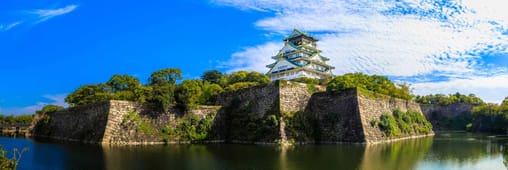
Kaohsiung (KHH)to
Osaka (KIX)09 Jan 26 (Fri) - 12 Jan 26 (Mon)
From
TWD12,098
Seen: 7 hrs ago
Round-trip
Economy

Kaohsiung (KHH)to
Tokyo (NRT)01 Jan 26 (Thu) - 08 Jan 26 (Thu)
From
TWD14,500
Seen: 10 hrs ago
Round-trip
Economy
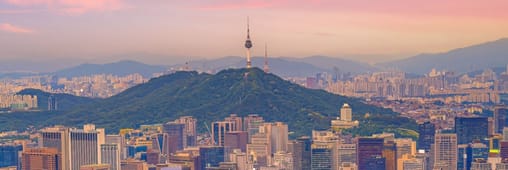
Kaohsiung (KHH)to
Seoul (ICN)05 Jan 26 (Mon) - 08 Jan 26 (Thu)
From
TWD9,758
Seen: 5 hrs ago
Round-trip
Economy

Kaohsiung (KHH)to
Hong Kong (HKG)06 Jan 26 (Tue) - 06 Jan 26 (Tue)
From
TWD6,056
Seen: 1 day ago
Round-trip
Economy
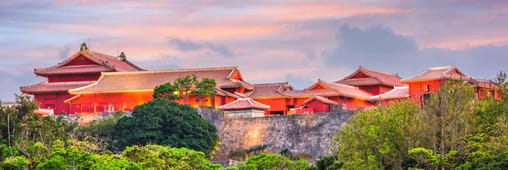
Kaohsiung (KHH)to
Okinawa (OKA)30 Dec 25 (Tue) - 05 Jan 26 (Mon)
From
TWD11,905
Seen: 5 hrs ago
Round-trip
Economy
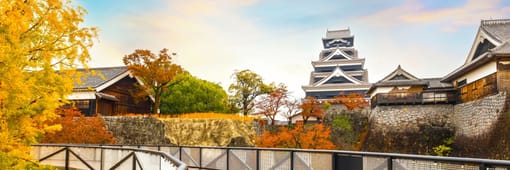
Kaohsiung (KHH)to
Kumamoto (KMJ)29 Dec 25 (Mon) - 05 Jan 26 (Mon)
From
TWD13,814
Seen: 7 hrs ago
Round-trip
Economy

Kaohsiung (KHH)to
Fukuoka (FUK)30 Dec 25 (Tue) - 02 Jan 26 (Fri)
From
TWD15,056
Seen: 1 day ago
Round-trip
Economy
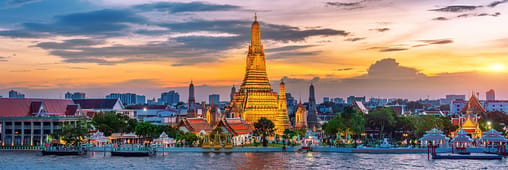
Kaohsiung (KHH)to
Bangkok (BKK)01 Jan 26 (Thu) - 06 Jan 26 (Tue)
From
TWD11,023
Seen: 19 minutes ago
Round-trip
Economy
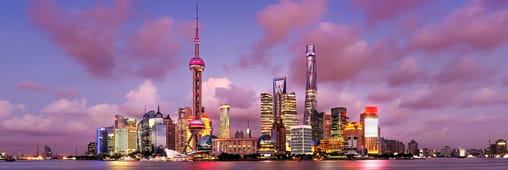
Kaohsiung (KHH)to
Shanghai (PVG)08 Jan 26 (Thu) - 11 Jan 26 (Sun)
From
TWD9,645
Seen: 48 minutes ago
Round-trip
Economy

Kaohsiung (KHH)to
Singapore (SIN)08 Jan 26 (Thu) - 13 Jan 26 (Tue)
From
TWD14,657
Seen: 7 hrs ago
Round-trip
Economy
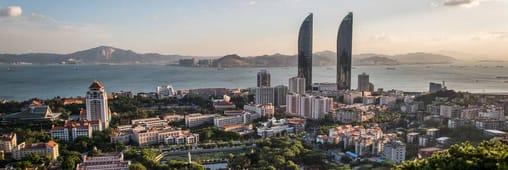
Kaohsiung (KHH)to
Xiamen (XMN)05 Jan 26 (Mon) - 08 Jan 26 (Thu)
From
TWD8,685
Seen: 12 hrs ago
Round-trip
Economy
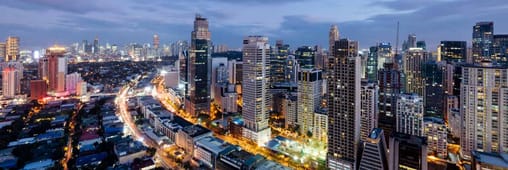
Kaohsiung (KHH)to
Manila (MNL)07 Jan 26 (Wed) - 20 Jan 26 (Tue)
From
TWD6,870
Seen: 37 minutes ago
Round-trip
Economy

Kaohsiung (KHH)to
Shenzhen (SZX)08 Jan 26 (Thu) - 11 Jan 26 (Sun)
From
TWD10,605
Seen: 9 hrs ago
Round-trip
Economy
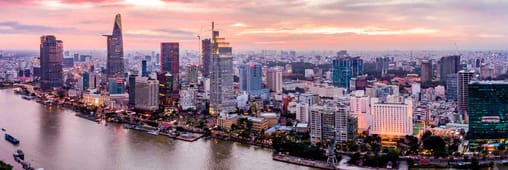
Kaohsiung (KHH)to
Ho Chi Minh City (SGN)06 Jan 26 (Tue) - 08 Jan 26 (Thu)
From
TWD10,905
Seen: 1 day ago
Round-trip
Economy
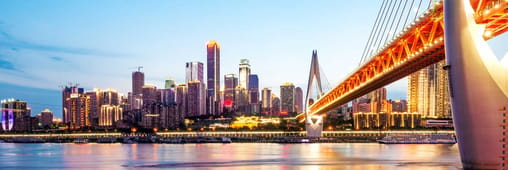
Kaohsiung (KHH)to
Chongqing (CKG)26 Dec 25 (Fri) - 29 Dec 25 (Mon)
From
TWD17,655
Seen: 9 hrs ago
Round-trip
Economy

Kaohsiung (KHH)to
Sapporo (CTS)16 Dec 25 (Tue) - 24 Dec 25 (Wed)
From
TWD29,844
Seen: 2 hrs ago
Round-trip
Economy
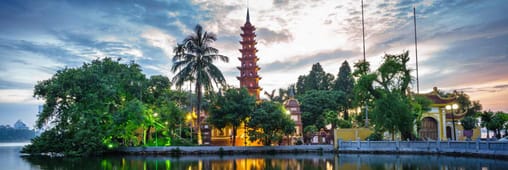
Kaohsiung (KHH)to
Hanoi (HAN)05 Jan 26 (Mon) - 10 Jan 26 (Sat)
From
TWD11,051
Seen: 19 hrs ago
Round-trip
Economy
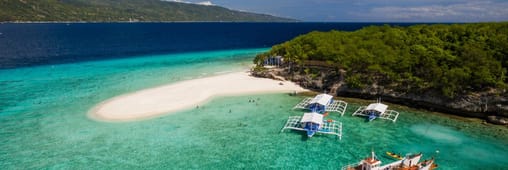
Kaohsiung (KHH)to
Cebu (CEB)04 Jan 26 (Sun) - 28 Mar 26 (Sat)
From
TWD30,335
Seen: 1 hour ago
Round-trip
Economy
*Fares displayed have been collected within the last 48hrs and may no longer be available at time of booking.
Top Deals for Popular Routes from Kaohsiung , Save Big on Trending Routes!
flight_takeoff
flight_land
From | To | Fare Type | Dates | Price |
|---|---|---|---|---|
| Kaohsiung (KHH) | Osaka (KIX) | Round-trip / Economy | 21 May 26 (Thu) - 25 May 26 (Mon) | From TWD12,098 Seen: 10 hrs ago |
| Kaohsiung (KHH) | Tokyo (NRT) | Round-trip / Economy | 15 May 26 (Fri) - 20 May 26 (Wed) | From TWD15,556 Seen: 11 hrs ago |
| Kaohsiung (KHH) | Seoul (ICN) | Round-trip / Economy | 05 Jun 26 (Fri) - 10 Jun 26 (Wed) | From TWD9,758 Seen: 9 hrs ago |
| Kaohsiung (KHH) | Hong Kong (HKG) | Round-trip / Economy | 24 Jan 26 (Sat) - 25 Jan 26 (Sun) | From TWD6,056 Seen: 1 day ago |
| Kaohsiung (KHH) | Okinawa (OKA) | Round-trip / Economy | 21 Oct 26 (Wed) - 24 Oct 26 (Sat) | From TWD11,137 Seen: 7 hrs ago |
| Kaohsiung (KHH) | Kumamoto (KMJ) | Round-trip / Economy | 27 May 26 (Wed) - 30 May 26 (Sat) | From TWD12,710 Seen: 7 hrs ago |
| Kaohsiung (KHH) | Fukuoka (FUK) | Round-trip / Economy | 06 Nov 26 (Fri) - 13 Nov 26 (Fri) | From TWD14,085 Seen: 4 hrs ago |
| Kaohsiung (KHH) | Bangkok (BKK) | Round-trip / Economy | 04 Mar 26 (Wed) - 06 Mar 26 (Fri) | From TWD10,543 Seen: 8 hrs ago |
| Kaohsiung (KHH) | Shanghai (PVG) | Round-trip / Economy | 12 Jan 26 (Mon) - 19 Jan 26 (Mon) | From TWD9,645 Seen: 10 hrs ago |
| Kaohsiung (KHH) | Singapore (SIN) | Round-trip / Economy | 17 Jan 26 (Sat) - 03 Feb 26 (Tue) | From TWD14,194 Seen: 1 day ago |
| Kaohsiung (KHH) | Xiamen (XMN) | Round-trip / Economy | 05 Feb 26 (Thu) - 09 Feb 26 (Mon) | From TWD9,165 Seen: 10 hrs ago |
| Kaohsiung (KHH) | Manila (MNL) | Round-trip / Economy | 14 Jan 26 (Wed) - 21 Jan 26 (Wed) | From TWD6,881 Seen: 1 day ago |
| Kaohsiung (KHH) | Shenzhen (SZX) | Round-trip / Economy | 15 Jan 26 (Thu) - 22 Jan 26 (Thu) | From TWD10,605 Seen: 2 hrs ago |
| Kaohsiung (KHH) | Ho Chi Minh City (SGN) | Round-trip / Economy | 24 Jun 26 (Wed) - 29 Jun 26 (Mon) | From TWD10,905 Seen: 1 day ago |
| Kaohsiung (KHH) | Chongqing (CKG) | Round-trip / Economy | 21 Jan 26 (Wed) - 28 Jan 26 (Wed) | From TWD15,426 Seen: 36 minutes ago |
| Kaohsiung (KHH) | Sapporo (CTS) | Round-trip / Economy | 13 Aug 26 (Thu) - 19 Aug 26 (Wed) | From TWD23,760 Seen: 6 hrs ago |
| Kaohsiung (KHH) | Hanoi (HAN) | Round-trip / Economy | 15 Jul 26 (Wed) - 19 Jul 26 (Sun) | From TWD11,051 Seen: 23 hrs ago |
| Kaohsiung (KHH) | Seoul (GMP) | Round-trip / Economy | 18 May 26 (Mon) - 21 May 26 (Thu) | From TWD24,898 Seen: 7 hrs ago |
| Kaohsiung (KHH) | Cebu (CEB) | Round-trip / Economy | 25 Jan 26 (Sun) - 11 Feb 26 (Wed) | From TWD29,365 Seen: 5 hrs ago |
| Kaohsiung (KHH) | Ko Samui (USM) | Round-trip / Economy | 21 Apr 26 (Tue) - 26 Apr 26 (Sun) | From TWD16,368 Seen: 7 hrs ago |
*Fares displayed have been collected within the last 48hrs and may no longer be available at time of booking.

Travel from Kaohsiung
Lianchihtan (Lotus Pond) Scenic Area
Lianchihtan (Lotus Pond) Scenic Area is one of Kaohsiung’s most traditional scenic areas, and was listed as one of the “Eight Sights of Fongshan” in the Qing Dynasty. There are pavilions by the beach, massive statues of gods and the “old city”, surrounded by the city wall, living settlements such as historical sites, old houses, and military dependents’ villages and you can also sample Zuoying’s rich, diverse food in the old streets and traditional markets. The Longhu Tower (Dragon Tiger Tower) is the most famous scenic spot in Lianchihtan. Constructed in 1976, the tower is seven stories tall, and the dragon and tiger doors are its entrance and exit. Its walls are decorated with koji pottery, which represent proselytizing stories, from a variety of artists. The tower’s body is connected the Nine-Turn Bridge (Jiuqu Bridge)) and is set off by the lake. There is a rule when visiting the Longhu Tower: enter at the dragon’s mouth and exit from the tiger’s mouth; this will allow you to avoid bad fortune and enjoy good luck. You can enjoy a 360-degree view of Lianchihtan’s scenery.
Love River
Love River begins at Bagualiao in Kaohsiung City's Renwu District. It divides Kaohsiung City, into two. The Jianguo, Cisian and Jhongjheng Bridges connect the two sections and the river flows directly into the sea. Love River had originally been a shallow creek, which could only be crossed by ferry. During the Japanese Colonial era it was dredged into a canal and named The Kaohsiung River. This was the first time the river had been given an official name. It was formally referred to as The Kaohsiung Waterway or The Kaohsiung Canal. In 1948, Love River Boat Company was opened near the Jhongjheng Bridge. This gave people the opportunity to row up and down the river. This became a particularly popular past for local couples and therefore acquiring the name - Love River. Love River is a very distinct river in Kaohsiung. It was previously used for shipping, transportation and leisure. Over the years it slowly became a polluted open-air sewer. Recently, with the cooperation of the Kaohsiung residents, the city government and the private sector it has been restored to its former splendor. The west bank of The Lover River is located in the Yencheng District. The city government has recently renovated bridges along The Love River. They now emit rainbows of light after dark, creating a delightful visual effect. The Soaring Dragon Fish Statue is located on the east bank of the Love River. It was originally created as a theme lantern, created for the 2001 Kaohsiung Lantern Festival. It was once used to promote Kaohsiung, Taiwan's Maritime Capital. The dragonhead and fish body is a symbol of Kaohsiung, a city in transformation. The Dragon Fish statue is 25 meters in height, weighs 30 tons and built entirely of stainless steel. During festive occasions, flickering lights illuminate the dragon's body and the dragon breathes smoke.
Rueifong Night Market
Located near the Kaohsiung Arena shopping district, Rueifong Night Market has more than a thousand stalls and receives a huge crowd every evening. Be it the traditional taste that lasts for decades, foreign snacks, creative dishes, or photo-worthy food and beverages, Rueifong Night Market has them all.
Fo Guang Shan
Fo Guang Shan has a 4-hall main building and thousands of holy statues, and large and small halls of the Buddha which extend across the mountain. Solemn and forceful, with an imposing atmosphere, it is an important centre of faith in Taiwanese Buddhism. In addition to providing a diverse environment in which the public can pray and theological education can be provided, it is also a popular scenic spot, a site of pilgrimage for tourists. When the sun sinks in the west, the great Buddha statue and palatial temples, drenched in evening mist and bathed in sunlight, became yet more stately and vast, enough to make one forget the troubles of mortal life.
The Pier-2 Art Center
Situated in the basin No. 3 of Kaohsiung Port, it has been made into a unique open art space, providing artists and students with an environment in which to express themselves, and has already become Kaohsiung's most popular cultural spot. All kinds of art activities are held irregularly in the District, bringing a rich artistic air to the port metropolis of Kaohsiung, and also bringing a new tide of southern art in Kaohsiung. The western railway line, which previously brought goods to the docks, has now become Kaohsiung's busiest cycling trail, and amazing works of art await discovery in the District's public spaces. Visitors can also go to the Hamasen Railway Cultural Park and witness how the passage of time has affected Kaohsiung's first railway station.
